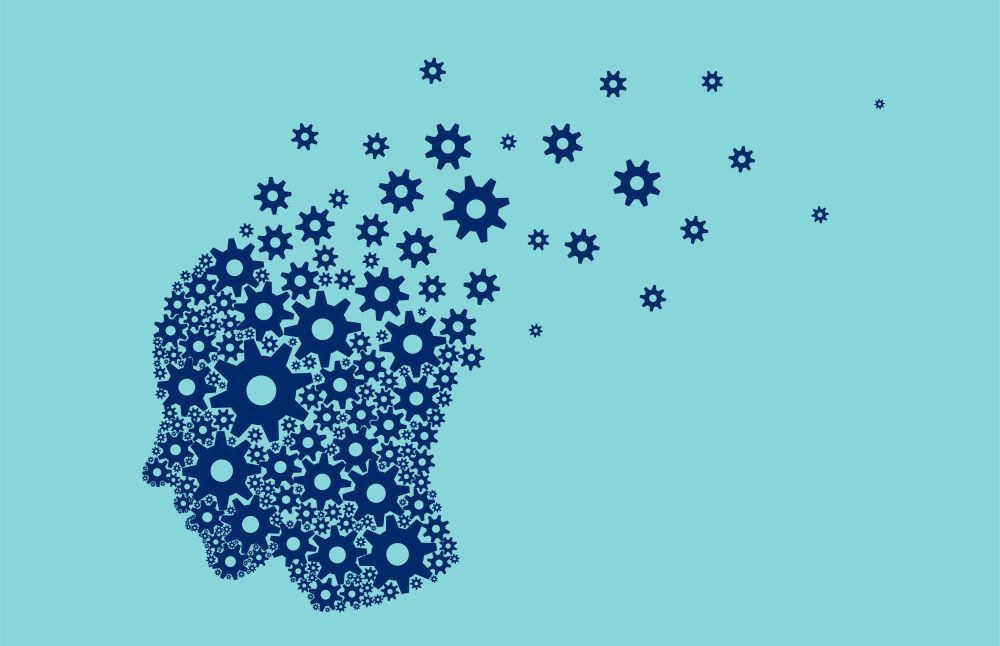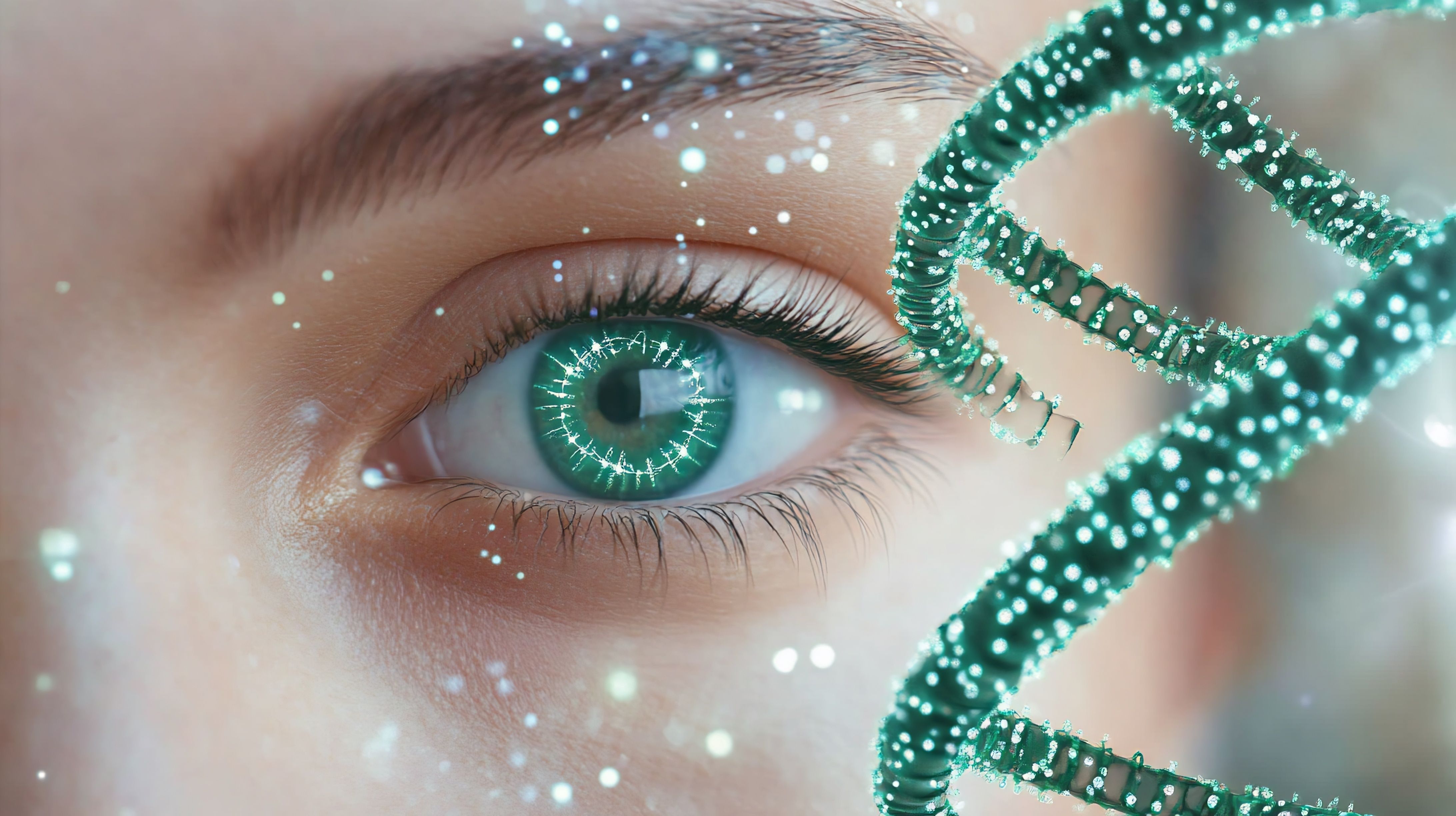Article
Is It a Psychiatric Disorder or TBI Medical Mimic?
Author(s):
Too often, the medical issues associated with traumatic brain injury are mistakenly diagnosed as psychiatric disorders. A few simple questions and tests can elucidate the real culprit and lead to appropriate treatment.
Feodora/AdobeStock

CONFERENCE REPORTER
Too often, the medical issues associated with traumatic brain injury are mistaken as psychiatric disorders, and patients are referred to psychiatrists for treatment, Gregory J. O’Shanick, MD, DLFAPA, told attendees of the 2021 American Psychiatric Association Virtual Annual Meeting.
O’Shanick, who is the medical director of the Center for Neurorehabilitation Services in Richmond, Virginia, urged psychiatrists to leverage their medical knowledge when assessing patients to determine when the diagnosis is a psychiatric disorder and when patients are presenting with medical mimics associated with traumatic brain injury (TBI). He shared his frustration with psychiatry’s loss of medical identity, especially as it related to brain injury medicine. In his 40-year career, he found “all too often, physicians, both MDs and DOs, psychiatrists, [were] missing basic neurologic issues that we as physicians should catch. If we are to be vocal regarding the necessity of having a MD and DO to ultimately provide oversight of care for those with behavioral disorders and writing prescriptions for psychotropic medications, we must not relinquish the use of those tools and skills that were taught to us in medical school.”
TBI in Perspective
The prevalence of TBI has increased over the last 10 or so years, O’Shanick explained, although he acknowledged that the increase may be partially due to increased awareness. According to data from the Centers for Disease Control and Prevention, there was a 53% increase from 2006 to 2014 in TBI-related emergency department visits, hospitalizations, and deaths. In older adults and the very young, falls account for the number 1 cause of TBI.1 A combination of motor vehicle accidents, sports, falls, and other activities were the cause for the “very active” and maybe not as cautious young adult population (aged 15 years to 24 years).
Meanwhile, research has found a link between psychiatric disorders and TBI, O’Shanick noted, with an increase of disorders following TBI.2 Jennie Ponsford, PhD, and colleagues explored this phenomenon and found that only about 23% and 21% of individuals had a pre-TBI history of a mood disorder or anxiety disorder, respectively. They found an increase in psychiatric symptomology within the first year after TBI, with a stabilization at the 5-year point. Mood and anxiety symptoms were most common in patients with TBI, with 17.2% to 62% presenting with mood symptoms and 10.3% to 34.2% with anxiety symptoms. Interestingly, he noted depression is 4 to 6 times more common in patients with TBI than the general population, and is the most common cause of depression in men (as opposed to women, for whom menopause is the number one cause).
It is possible, he explained, that some of these mood disturbances and anxiety symptoms may be better explained as a medical consequence of TBI—or a signal of homeostatic disruption. In such cases, providing psychopharmacological treatment might help the patient with the symptoms, but will not address the underlying cause.
O’Shanick provided an example of a phobia being misattributed. He pointed to an individual who is afraid of a jumping off a diving board. They go up the stairs, walk to the edge, realize they are frightened, and go back down. They have conditioned themselves to be afraid—there is a learned component.
Next, he presented the case of an individual who has unrecognized balance and visual issues as a result of TBI. The person goes into a crowd and feels a sense of anxiety, because they have trouble feeling and remaining stable, and the learned component may be inappropriately linked to an anxiety disorder.
“As a physician, we need to figure that out,” O’Shanick emphasized.
Getting to the Bottom of It All
Fortunately, a toolkit to help decipher these TBI-related medical mimics is relatively inexpensive, O’Shanick shared. All you need is a pen, index card, blindfold (or ask your patient to close their eyes), a sofa cushion, a tuning fork (which can be procured online for about $6), and a few questions. For example, to determine if the issue is agoraphobia or a vestibular in nature, ask your patient if they need to touch the wall when closing their eyes in the shower to prevent falling. Or, if they feel anxious in a crowded area like a store or mall, does pushing a cart or stroller or holding on to someone make them feel better? If so, there are a few simple follow-up tests (eg, the Balance Error Scoring System and Fukuda Stepping Test) to help confirm the medical mimic. A referral for vestibular physical therapy and a neuro-ENT may prove useful for such patients.
Similarly, to determine if there is social phobia or vergence, ask your patient if they are having trouble seeing/reading books at a normal distance. Then, check near point convergence and conduct a cover test. A referral to a neuro-optometrist should be considered.
Sometimes a central auditory processing disorder may be confused with attention-deficit/hyperactivity disorder. It is especially important to decipher the difference, O’Shanick explained, because stimulants will worsen the central auditory processing disorder. Ask your patient if they have better sustained attention for visual vs verbal interactions, or if they have trouble understanding what people say if they cannot see their faces or mouths. Weber and Rinne tests can also prove useful, and a referral to an audiologist is indicated.
According to a recent meta-analysis, posttraumatic neuroendocrine (PTNE) disorders may be relatively common in patients with TBI,3 and mood symptoms are associated with PTNE, O’Shanick explained. Psychiatrists should inquire about changes in menses, sex drive, cold intolerance, and skin and hair dryness to elucidate if PTNE is a potential cause of the mood symptoms. Lab studies should be considered, including Free T4, TSH, FSH, LH, IG-1, estradiol/testosterone, and am/pm cortisol. In considering TBI in these cases, O’Shanick reminded attendees that they should not overlook intimate partner violence and child abuse.
Finally, O’Shanick illuminated inherent biases in the Minnesota Multiphasic Personality Inventory-2, which might lead to an incorrect diagnosis. For instance, stomach trouble and headaches score positively on the hypochondriasis scale, but both may be related to TBI and TBI treatments. Similarly, positive scores on the hysteria scale result from noting they are unable to work, feel sad, and have trouble sleeping, all of which are associated with TBI.
Ultimately, the psychiatrist is the ideal position to leverage their medical and behavioral knowledge to support these patients.
“Hopefully this will allow you to think a little bit differently when patients come into your office,” O’Shannick concluded. “Maybe ask some increased questions when it comes to injury related issues, concussion related issues… and to see if there is some other types of medical issues behind some of the anxieties that your patients have. At the end, you may just find that you’re practicing … much more successfully and ultimately helping your patients.”
References
1. CDC. Surveillance report of traumatic brain injury-related emergency department visits, hospitalizations, and deaths. 2014. Accessed May 2, 2021. https://www.cdc.gov/traumaticbraininjury/pdf/TBI-Surveillance-Report-FINAL_508.pdf
2. Ponsford J, Always Y, Gould KR. Epidemiology and natural history of psychiatric disorders after TBI. J Neuropsychiatry Clin Neurosci. 2018;30(4):262-270.
3. Beyer C, Zaytsev J, Donegan D, et al. The effects of traumatic brain injury on pituitary function: a systematic review and meta-analysis. J Endocr Soc. 2020;4(Supp 1):294.
Newsletter
Receive trusted psychiatric news, expert analysis, and clinical insights — subscribe today to support your practice and your patients.






